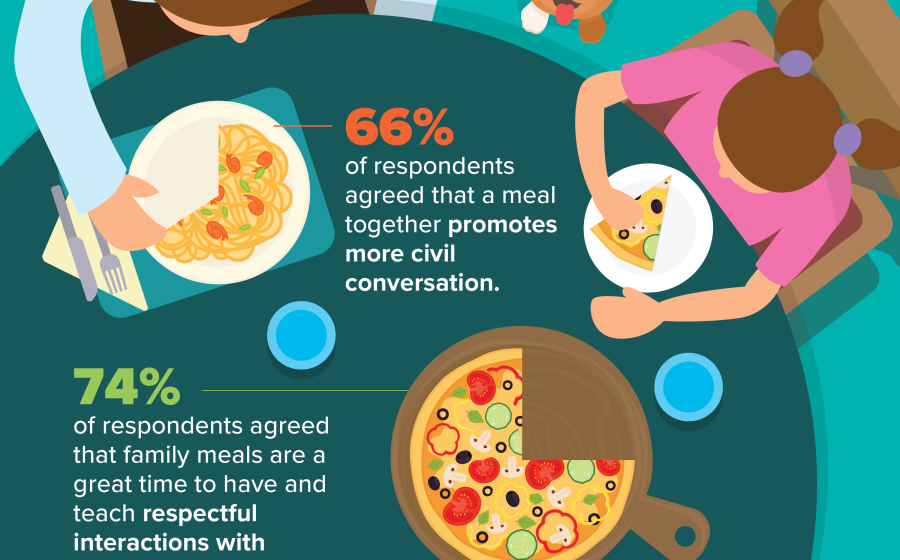Lo que debes saber sobre el COVID-19 este verano: Por qué el tratamiento temprano es importante
(NewsUSA) - A medida que volvemos a hacer viajes, cocinar en el patio y pasar tiempo con los amigos y familiares este verano, el COVID-19 sigue siendo algo a lo que debemos prestar atención. Aunque el virus ya no ocupe los titulares, no ha desaparecido. De hecho, en cada uno de los últimos cuatro años, los casos de COVID-19 han aumentado en julio y agosto (en inglés).
- A medida que volvemos a hacer viajes, cocinar en el patio y pasar tiempo con los amigos y familiares este verano, el COVID-19 sigue siendo algo a lo que debemos prestar atención. Aunque el virus ya no ocupe los titulares, no ha desaparecido. De hecho, en cada uno de los últimos cuatro años, los casos de COVID-19 han aumentado en julio y agosto (en inglés).
¿Por qué sucede esto? El calor del verano suele invitar a las reuniones en espacios interiores y eventos en lugares con aire acondicionado, más viajes y más tiempo cerca de otras personas. Estas son algunas de las razones por las que el virus tiene más oportunidades de propagarse.
Aunque un caso leve de COVID-19 puede sentirse como un resfriado fuerte para algunas personas, en muchas otras puede causar problemas de salud graves, hospitalización o incluso la muerte. Los médicos afirman que casi 3 de cada 4 adultos en los Estados Unidos están con riesgo de enfermarse gravemente a causa del COVID-19. Esto incluye a personas con afecciones de salud comunes como enfermedades cardíacas, diabetes, cáncer, asma y otros problemas pulmonares. Incluso los adultos mayores de 50 años tienen más probabilidades de enfermarse de gravedad suficiente como para necesitar atención médica.
Las vacunas siguen siendo una defensa fuerte contra el COVID-19, pero puede que no protejan completamente a todas las personas, especialmente a quienes tienen otras afecciones de salud. Y esté alguien vacunado o no, es importante estar preparado y saber que existen tratamientos antivirales que pueden ayudar.
¿Qué son los antivirales?
Los medicamentos antivirales pueden ayudar a tu cuerpo a combatir el virus. Pueden evitar que los síntomas empeoren y prevenir una enfermedad más grave, reduciendo así la posibilidad de ser hospitalizado o morir por el COVID-19. Funcionan mejor si se toman dentro de los cinco días después de que comienzan los primeros síntomas. Por eso, actuar con rapidez es muy importante.
Muchas personas que podrían beneficiarse del tratamiento no saben que lo pueden recibir o no saben cómo encontrarlo rápidamente. Esto puede causar demoras, lo que hace que el medicamento sea menos eficaz.
“Algunas personas piensan que si ya se vacunaron o se sienten saludables, no necesitan tratamiento”, dijo Karyne Jones, presidenta y directora ejecutiva de NCBA, Inc. y convocante de CVEEP. “Pero eso no siempre es cierto. El COVID-19 aún puede causar enfermedad grave en muchas personas. Saber cuándo tomar antivirales y cómo obtenerlos puede ayudar a salvar vidas”.
Lo que puedes hacer ahora
Si te encuentras en el grupo de mayor riesgo de presentar complicaciones a causa del COVID-19, aquí hay algunos pasos que puedes dar para mantenerte seguro:
Conoce tu riesgo de enfermarte gravemente: Si tienes 50 años o más, o si tienes asma, cáncer, diabetes, una enfermedad cardíaca u otra afección de salud, es posible que tengas mayor riesgo de presentar una enfermedad grave por el COVID-19.
Habla con tu proveedor de atención médica: Pregunta si te convendría un tratamiento antiviral y dónde conseguirlo.
No esperes si comienzas a sentirte mal: Los antivirales funcionan mejor cuando se toman temprano, especialmente dentro de los primeros días después de que aparecen los síntomas.
El COVID-19 aún está presente, pero contamos con las herramientas para combatirlo. Estar preparado, mantenerse alerta y actuar con rapidez son las mejores formas de proteger tu salud y disfrutar del verano.
Para obtener más información, visita https://cveep.org/es/.



 - The path to a sustainable energy future hinges not only on wind, solar, and battery storage systems—but also on the skilled individuals who build, maintain, and operate them. A diverse, well-trained workforce is essential to the future of clean energy. Yet, too often, investments focus exclusively on technology, overlooking the people who make these innovations possible.
- The path to a sustainable energy future hinges not only on wind, solar, and battery storage systems—but also on the skilled individuals who build, maintain, and operate them. A diverse, well-trained workforce is essential to the future of clean energy. Yet, too often, investments focus exclusively on technology, overlooking the people who make these innovations possible.
 - As we get back to summer travel, cookouts, and time with friends and family, COVID-19 is still something to watch out for. While the virus may not be making big headlines, it hasn’t gone away. In fact, in each of the last four years,
- As we get back to summer travel, cookouts, and time with friends and family, COVID-19 is still something to watch out for. While the virus may not be making big headlines, it hasn’t gone away. In fact, in each of the last four years, 
 - Our nation’s power grid – the network that brings electricity from where it’s generated to where it’s used – is severely outdated. Most of America’s transmission lines are more than 50 years old, and date back to the 1950-60s. The American Society of Civil Engineers has given our power grid a D+ grade. As we use more electronics, build new factories, and continue to grow AI data centers, our electricity demand increases. But our outdated grid cannot keep up.
- Our nation’s power grid – the network that brings electricity from where it’s generated to where it’s used – is severely outdated. Most of America’s transmission lines are more than 50 years old, and date back to the 1950-60s. The American Society of Civil Engineers has given our power grid a D+ grade. As we use more electronics, build new factories, and continue to grow AI data centers, our electricity demand increases. But our outdated grid cannot keep up.
 - Family Meals Nurture Civility and Connection at the Table
- Family Meals Nurture Civility and Connection at the Table
 - Running a small business in California can feel like death by a thousand policies. With
- Running a small business in California can feel like death by a thousand policies. With 